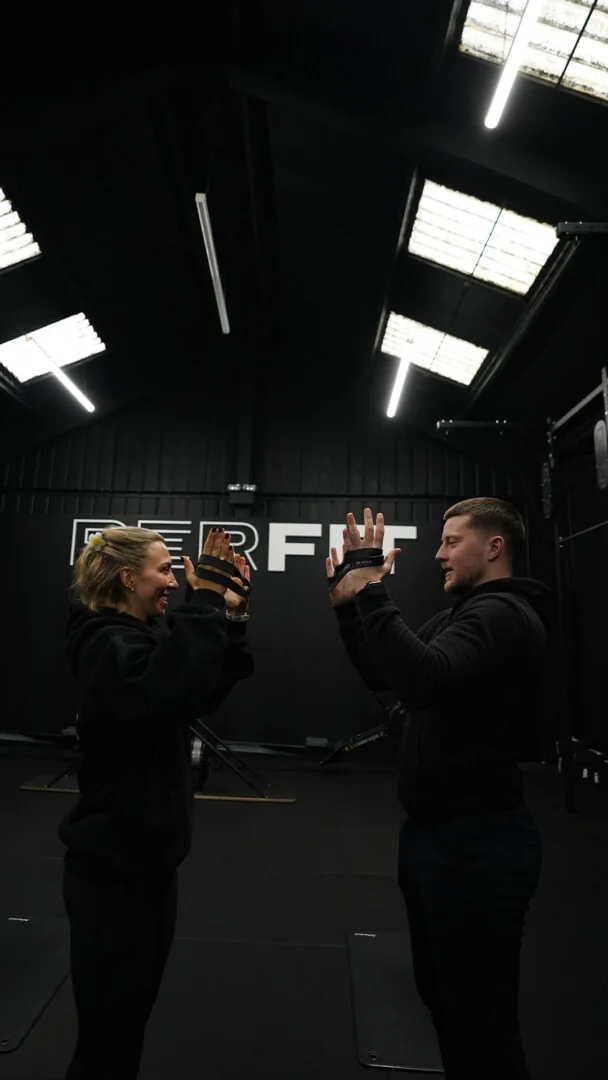Home / Sports Recovery / Graded Exposure: A Path to Recovery for Musculoskeletal Injuries
Musculoskeletal injuries can be debilitating, affecting individuals’ daily lives, mobility, and overall well-being. Whether it’s a sprain, strain, or more severe trauma, the journey to recovery often involves a multifaceted approach. One increasingly recognized and effective method in rehabilitation is graded exposure therapy. This therapeutic technique, rooted in gradual progression and resilience-building, offers a structured pathway for individuals to reclaim their strength and mobility after injury.
Understanding Graded Exposure: Graded exposure is a rehabilitation strategy that involves systematically exposing individuals to progressively increasing levels of physical activity or movement that may initially cause discomfort or pain. The fundamental principle behind graded exposure is to challenge the body’s limitations in a controlled and gradual manner, allowing for adaptation and ultimately promoting recovery.
The Process of Graded Exposure: The process of graded exposure begins with a thorough assessment of the individual’s injury, pain levels, movement restrictions, and functional goals. Based on this evaluation, a customized graded exposure plan is developed in collaboration with a healthcare professional, such as a physical therapist or sports medicine specialist.
The graded exposure plan typically consists of the following key components:
Graded exposure offers numerous benefits for individuals recovering from musculoskeletal injuries:
Musculoskeletal injuries can present significant challenges, but with the right approach, recovery is achievable. Graded exposure therapy offers a structured and evidence-based framework for individuals to gradually reintroduce movement, overcome limitations, and reclaim their quality of life. By embracing the principles of graded exposure, individuals can embark on a journey of resilience, rehabilitation, and renewed strength in the face of musculoskeletal injury.

Learn More about how we can help you
Sign up for a FREE introductory chat
Osteopathy, Posture Correction and Sports Injury Services across Norfolk.